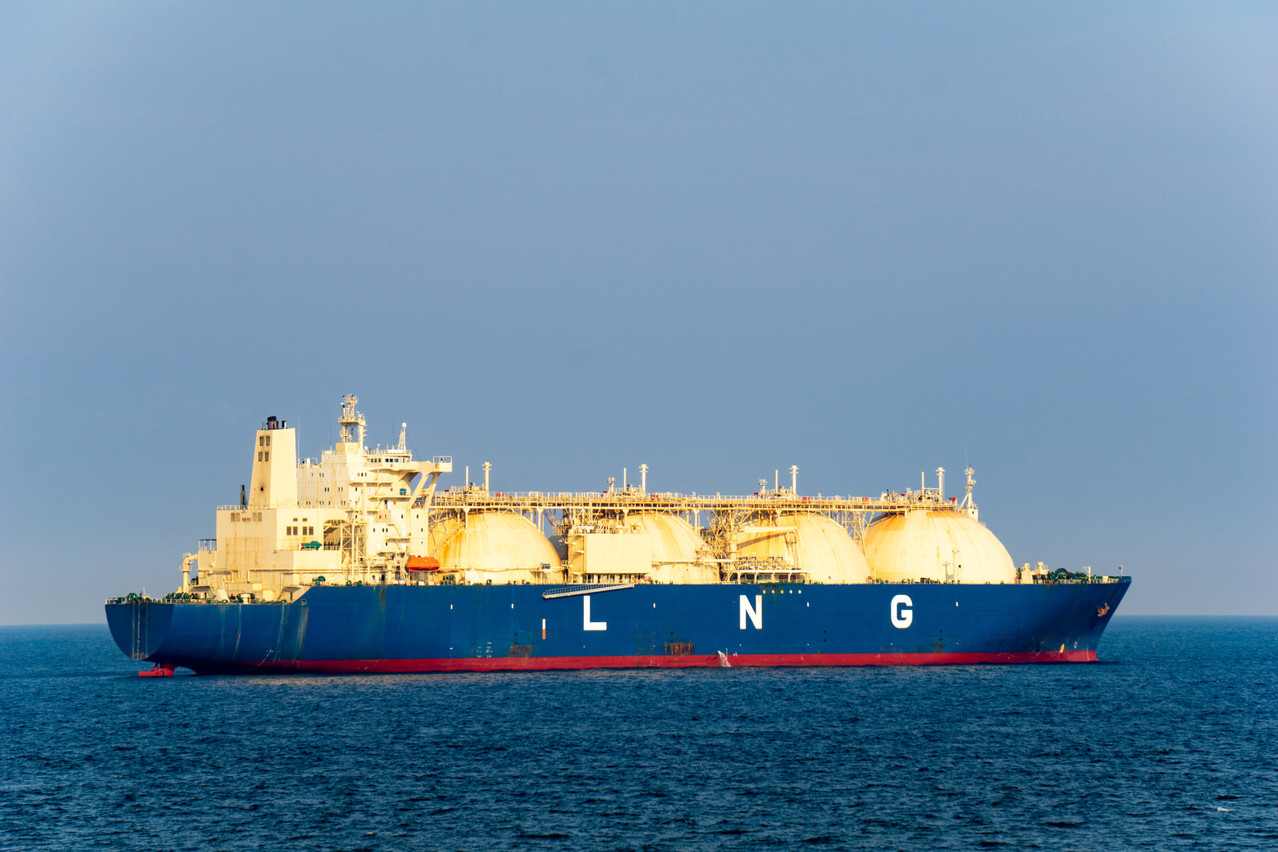In August 2022, natural gas prices hit a of over €280 per megawatt hour, prompting national utility Enovos to announce an increase in electricity bills for households in Luxembourg. But unusually warm weather and a backlog of liquefied natural gas (LNG) tankers off the coasts of Europe has led to market oversupply, contributing to a dramatic drop in gas prices.
“Thanks to warm weather and generally lower consumption, gas in storage facilities will be sufficient to cover for the winter of 2022, of course provided no other infrastructure gets damaged, such as pipelines from Norway,” said Nils Löhndorf, professor in the department of economics and management at the University of Luxembourg.
Claudio H. Steuer, director of SyEnergy and ex-senior research fellow at Oxford Institute for Energy Studies, added further context. He noted that Europe has done a great job during summer 2022 in filling its gas storage, but that it has also benefited from very mild weather and low demand from Asian countries, allowing it “first pick’’ from divertible, flexible LNG. These factors have contributed to the recent “nosedive” in wholesale gas prices.
Uncertainty ahead
The TTF--Title Transfer Facility, Europe’s benchmark for natural gas prices--traded at around €127 per megawatt hour in early October, according to global energy analytics service ICIS, while a research note published by investment bank Goldman Sachs in late October and reported on by the press in early November forecast that this would drop even more in the coming months; to €85 per megawatt hour in the first quarter of next year. Goldman Sachs analysts also suggested an increase in prices next summer--to approximately €250 per megawatt hour at the end of July 2023.
“We can all construct scenarios, but it’s a sophisticated speculation. Nobody knows what the summer is going to be like,” said Steuer, who had not reviewed the Goldman Sachs report. “You cannot always count on mild weather and lower demand. Some folks are expecting that China’s energy demand will start to rise again, meaning more importation of LNG.” But he also pointed out that Japan is making a commitment to restart its nuclear fleet, which would free up a considerable amount of LNG.
However, Steuer highlighted that Russia used to supply Europe with close to 160 billion cubic metres (bcm) of natural gas on a yearly basis, the equivalent of three million barrels of oil supply a day. “It’s a massive amount of energy that is, if we simplify, essentially no longer there. No one can fill this gap immediately--it’s going to take time.”
There’s a lot of uncertainty as to what’s going to happen in 2023.
How long? “It depends on the supply of energy and the willingness of European policymakers and companies to commit to long-term LNG agreements,” said Steuer. “There’s a lot of uncertainty as to what’s going to happen in 2023.”
Löhndorf also noted that the outlook for 2023 is less rosy. “There is currently not enough supply to refill storages until winter. Any forecast for that long period of time must be taken with a grain of salt, as the dynamics of supply and demand can change quickly, especially when prices are as high as they are right now. Demand is going to be lower but at the same time rewards for increasing capacity are tremendous. I would therefore not be surprised if conservation of energy and supplier ingenuity would save us from further peril.”
Read also
As a last point, Steuer described the European energy crisis as a “consequence of myopic, short-term strategies, which did not place enough emphasis on portfolio diversification and energy security.” Spain and Portugal, in contrast, have had much lower electricity spot prices compared to the rest of Europe, thanks to a diversified portfolio of gas supply--pipeline and LNG coming from a variety of countries, including Algeria, the US, Nigeria or Egypt.
Countries therefore need to consider committing to long-term agreements in order to have more stable, less volatile prices and provide a higher degree of energy security, Steuer concluded.
A quarterly report published on 2 November by ICIS on LNG showed that the LNG market has been able to redirect more than 50 bcm of gas to Europe from January to October 2022. Europe alone has imported 28% of global LNG output during this time period, compared to 18% from January to October 2021.
Luxembourg’s energy situation
The grand duchy’s gas is supplied by Belgium and Germany. According to the , the utility regulator, 14% of the electricity in Luxembourg is produced using natural gas. EU member states have agreed to reduce demand for natural gas by 15% between 1 August 2022 and 31 March 2023.
The Luxembourg ministry of energy has launched a campaign called (saving together--sticking together) which proposes energy-saving measures such as lowering the heating, subsidies for heating systems based on renewable energies and improved insulation, or installing photovoltaic panels.
To save gas and electricity, the City of Luxembourg will also cut down on , while in the country will lower temperatures to reduce their energy consumption.

